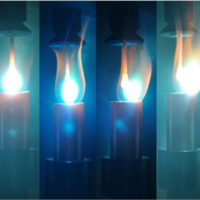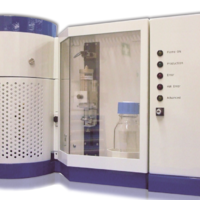Potential for COVID-19 infection in concert halls
The Konzerthaus Dortmund aerosol study gives valuable information regarding the potential of aerosol transport of viruses. Scientific publication now available
We are pleased to inform you that our article "Experimental Investigation of
Aerosol and CO2 Dispersion for Evaluation of COVID-19 Infection Risk in a
Concert Hall" has been published in IJERPH as part of the Special Issue
COVID-19 Research and is available online:
Abstract: https://www.mdpi.com/1660-4601/18/6/3037
HTML Version: https://www.mdpi.com/1660-4601/18/6/3037/htm
PDF Version: https://www.mdpi.com/1660-4601/18/6/3037/pdf
Abstract:
The dispersion of small aerosols in a concert hall is experimentally studied for estimating the risk of infection with SARS-CoV-2 during a concert. A mannequin was modified to emit an air stream containing aerosols and CO2. The aerosols have a size distribution with a peak diameter (δ) close to 0.3 μm and a horizontal initial particle velocity (vp,x ) of 2.4 m/s. The CO2 -concentration (c) emitted simultaneously is 7500 ppm. It is investigated, if the spatial dissipation of aerosols and CO2 can be correlated. This would allow the use of technically easier CO2 measurements to monitor compliance with aerosol concentration limits. Both aerosol and CO2 concentrations are mapped by different sensors placed around the mannequin. As a result, no significant enrichment of aerosols and CO2 was obtained outside a radius of 1.5 m when the fresh air ventilation in the concert hall has a steady vertical flow with a velocity of vg,z = 0.05 m/s and the installed ventilation system was operating at an air change rate per hour (ACH) of 3, corresponding to an air exchange rate of 51,000 m3/h. A Pearson correlation coefficient of 0.77 was obtained for CO2 and aerosol concentrations measured simultaneously at different positions within the concert hall.




